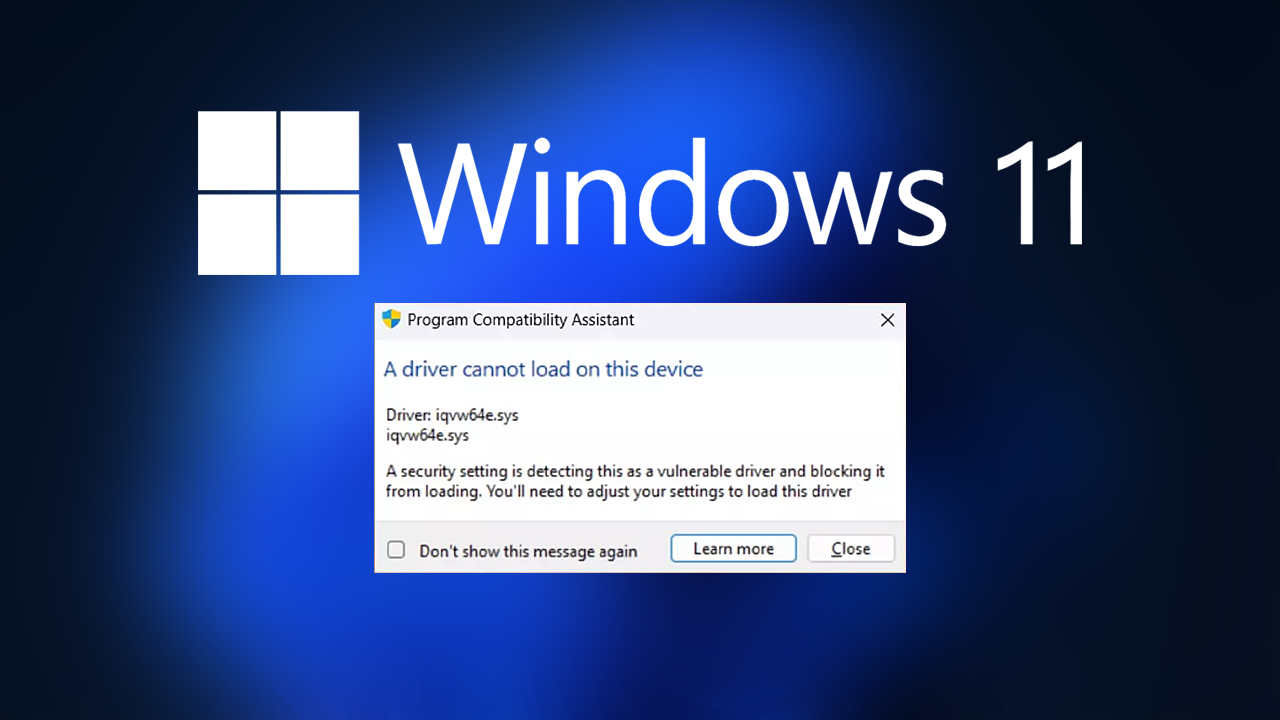In a time when the internet is a vital part of both personal and competent life, security of networks has become a crucial matter. With cyber attacks becoming increasingly sophisticated, securing systems from access by hackers or data breach, as well as other malicious actions is vital. This article explains the basics of network security and examines the many forms of protection that can be used to protect from cyber attacks.
Understanding Network Security
Security of networks refers to strategies and techniques used to safeguard the integrity, security and availability of data and computer networks. It covers a wide range of methods designed to block and track unauthorized access to or modification or obstructing the computer network as well as the resources it provides.
The Importance of Network Security
- Security from Sensitive Data: Organizations typically handle sensitive data like personal information as well as financial records as well as intellectual property. It is essential to secure this information in order to warrant trust and compliance with legal responsibilities.
- Business Continuity Secure network guarantees that operations of businesses do not get disrupted due to cyberattacks that could result in significant financial losses as well as damage to the reputation.
- Legal Compliance Compliance with standard security measures for networks is typically legally required, and comes with rules such as GDPR, HIPAA, and others requiring stringent data security procedures.
Common Cyber Threats
Knowing the kinds of risks that networks are exposed to is the initial step towards taking security measures that are effective.
- Malware attacks includes trojan horses and ransomware that is designed to penetrate and harm system.
- Phishing scams fraudulent attempts to gain access to sensitive data by pretending to be a trusted company via email or any other channels of communication.
- DoS (DoS) DoS attacks Invading resources of the network so that services are not accessible for users who are legitimate.
- Man-in the-Middle (MitM) attacks intercepting communication between two parties in order to snatch or alter data.
- Insider threats Threats to security are posed by people in the company who could deliberately or inadvertently cause harm to network security.
To avoid Cyber Threats, you can take help from a network security solutions company.
Types of Protections in Network Security
In order to protect against these risks A multi-layered approach for secure networks is vital. Below are the essential types of protections:
1. Firewalls
Firewalls are used to create a wall between trustworthy and non-trustworthy networks. They track outgoing and inbound network traffic like to established security guidelines and rules.
- Hardware firewalls physical devices that are placed between your network and internet.
- Software Firewalls Software firewalls that are that are installed on computers in order that control the flow of data through ports and programs.
2. Intrusion Detection and Prevention Systems (IDPS)
- Intrusion Detection System (IDS): Monitor the network for suspicious activity and inform administrators.
- Intrusion Prevention Systems (IPS): Take immediately to stop potential dangers upon being detected.
3. Virtual Private Networks (VPNs)
VPNs provide an encrypted connection to the web, by encrypting information transferred between the device of the user with the Internet.
- Remote Access VPNs allow users to securely connect the network from distant locations.
- Site-to site VPNs Securely connect whole networks together via the internet.
4. Encryption
The encryption process converts data that is readable into an encrypted format which can only be opened using the right decryption key.
- Data encryption protects confidential data during storage and transmission.
- End-to-End-Encryption ensures that the encryption is in place from the recipient to the sender without intermediary decryption.
5. Access Control
The rules govern who or what may access or utilize resources within the computing environment.
- authentication: verifying the identity of the user or device before giving access.
- Authorization: Determining the user’s privileges and authorizations.
- Multi-Factor authentication (MFA): Requires at least two authentication methods to warrant greater security.
6. Anti-Malware and Anti-Virus Software
The programs are able to detect, stop the spread of malware and then remove it from computers and networks.
- Real-Time Security Monitors the system continuously to detect suspicious activities.
- Regular updates Make sure that the program will recognize and defend against threats that are new.
7. Network Segmentation
Separating networks into diverse sections or subnets in order to restrict traffic flow and reduce the spread of cyberattacks.
- Micro-Segmentation Uses policy-based granularity that separate workstations from each other.
- The Demilitarized Zones (DMZs): They provide the extra layer of security to an organisation’s internal and its external network.
8. Secure Wireless Networks
Security of wireless networks against unauthorized access as well as eavesdropping.
- Wi-Fi Secured Access 3 (WPA3) the most recent security technology that offers solid encryption.
- Secure Configuration Change default names for networks and passwords as well as disabling services that are not needed.
9. Security Information and Event Management (SIEM)
SIEM solutions grant an analysis in real time of security alerts that are generated through network hardware and software.
- Log Management Analyzes and collects log information from a variety of sources.
- Incident response helps in the rapid detection and resolution of security-related incidents.
10. Cloud Security Measures
Security of data and systems in cloud-based environments.
- Cloud Access Security Brokers (CASBs) Implement security guidelines between cloud service providers and cloud service providers.
- Secure Cloud Configurations Implementing desirable methods to protect cloud resources.
11. Endpoint Security
Securing end-user devices like desktops, laptops, and mobile devices.
- Device Management is a way to enforce security policies for all devices that connect to the network.
- Patch Management regular updates that patch security holes in applications and software.
12. Employee Training and Awareness
Human error is the primary reason for many security breaches.
- Security Awareness Programs: Educate your employees on cyber-related threats and secure methods of doing so.
- Phishing simulations test the effectiveness of phishing and increase employees’ abilities to spot phishing attacks.
13. Physical Security Controls
Protection of the physical components of the infrastructure network.
- Access Control Secure facilities using biometrics or keycards as well as security personnel.
- Environment Controls protecting hardware from threats to the environment like fire or water destruction.
14. Regular Security Assessments and Audits
Evaluations periodically to find weaknesses and take action.
- Penetration Test Simulation of cyber attacks to evaluate the security of your system.
- Conformity Audits Insuring that security methods meet standards of the regulatory.
leading Practices for Implementing Network Security
- Make the Security Policy to establish specific guidelines and processes to protect your network.
- Keep systems Latest Apply regularly updates and patches to all devices and software.
- Back up data regularly Create safe backups of your data to assure it is recovered in the event of a security breach.
- Watch Network Traffic Monitor tools to spot unusual actions quickly.
- Block Access for Users apply the concept of least privilege. This means that you grant users access only to the extent necessary to fulfill their role.
Conclusion
Security for networks is an important element to protect the operational and digital assets of any company. By implementing a comprehensive security strategy that includes a variety of protections–from firewalls and encryption to employee training and regular assessments–organizations can significantly reduce the risk of cyber threats. Becoming aware of changes in the security landscape and continually improving security practices is crucial for protecting networks in the current connected world.


